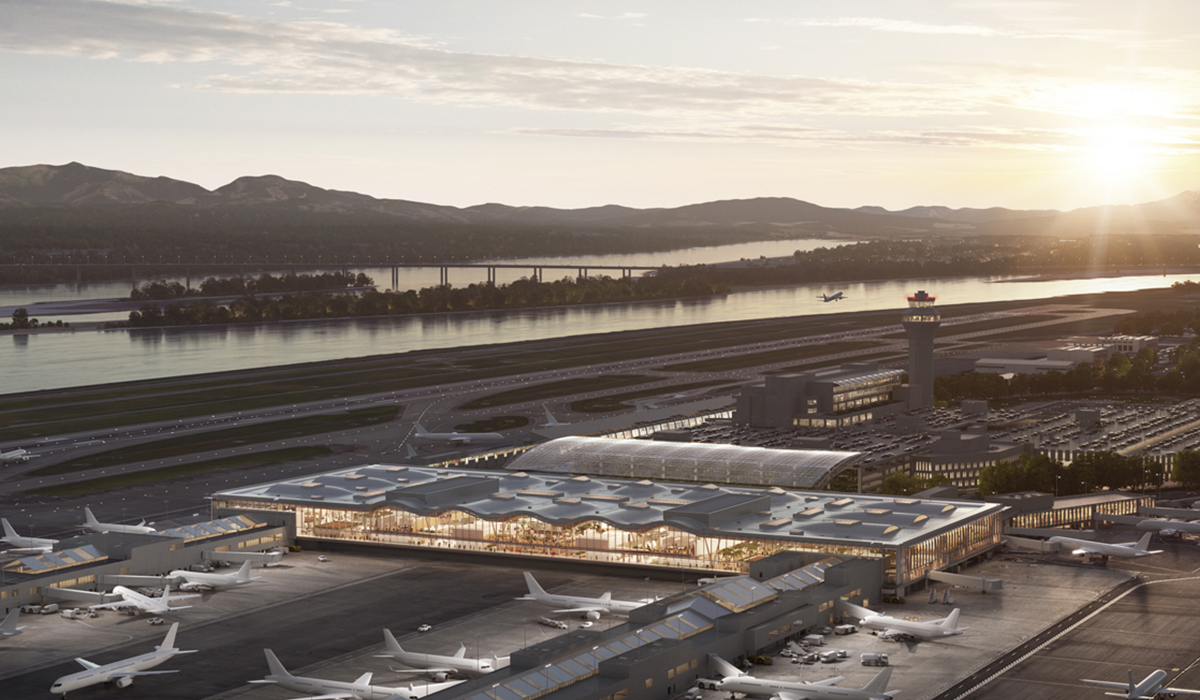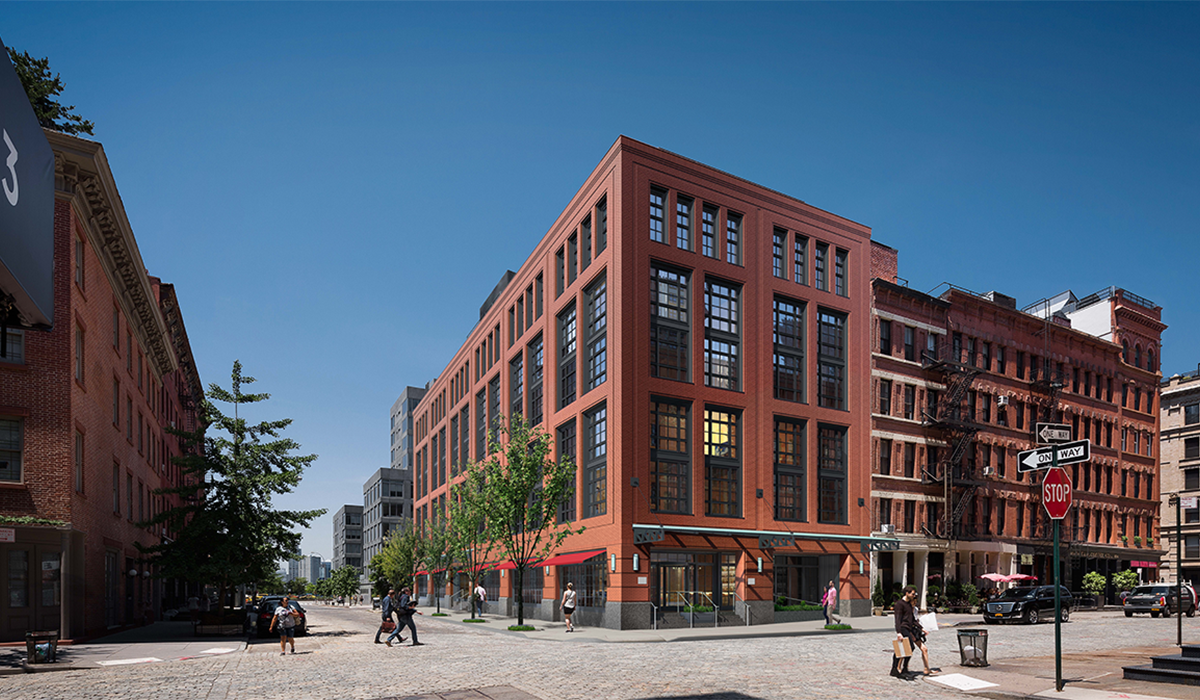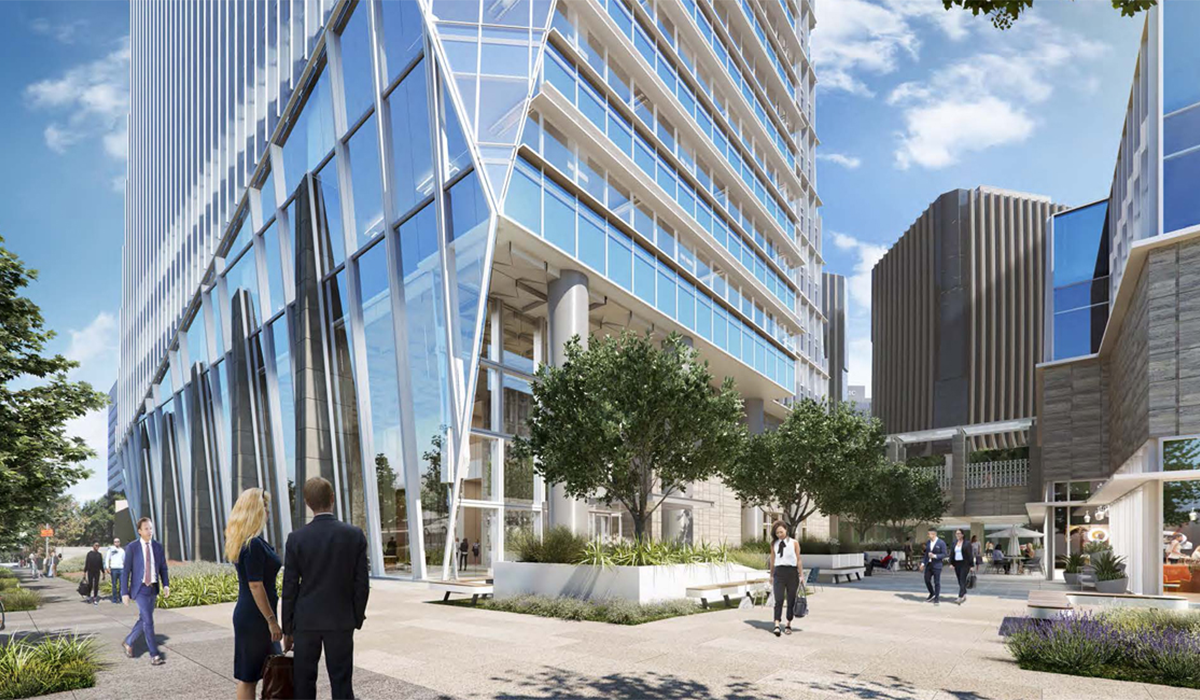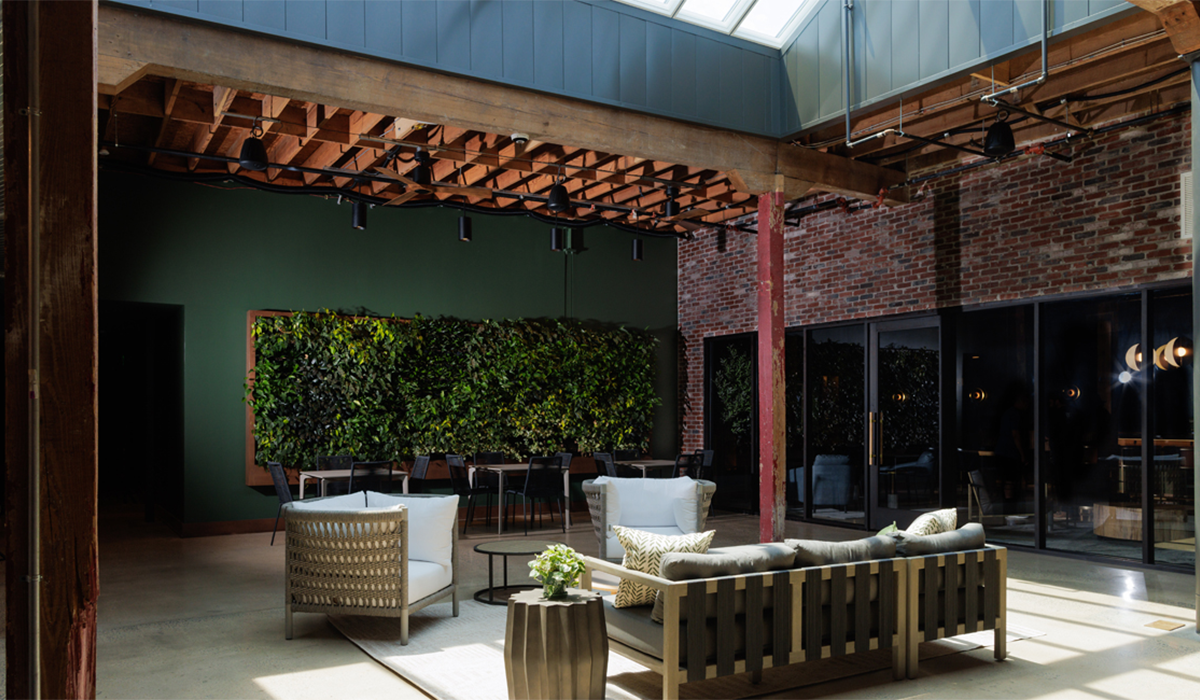2023 Market Analysis Recap
Many of the pain points that we have seen over the last several years have abated.
Many of the pain points that we have seen over the last several years have abated.
The housing market has cooled off in most cities as interest rates have been ratcheted up. Commodities prices have also stabilized as global supply lines have mostly untangled themselves. The Biden administration let the national emergency over the pandemic expire in May – a move that garnered less media attention than the Eurovision Song Contest. Meanwhile, the largest bank failures since 2008 triggered a worldwide banking crisis. Regulators stepped in and stopped it from spreading to the rest of the economy, but it only added to anxiety over another recession.
Q1
The year began with a lot of good news.
Inflation had been steadily falling and unemployment was at its lowest level in 70 years. Tightening monetary policy brought on a housing recession in most markets, but was not enough to temper spending in places like Miami, New York, and Boston.
Q2
As the year wore on, nominal construction spending was propped up by rising costs and prices.
Inflation remained a thorn in the market’s side as regulators continued to raise interest rates to bring it under control. This, in turn, raised alarm bells: the last time it happened was in the 1970s and resulted in a deep recession.
Q3
The second half of the year saw increased public spending and shortened material lead times, and this benefitted the construction industry immensely.
The increase in public spending from the CHIPS Act, Inflation Reduction Act, and Infrastructure Investment and Jobs Act has offset decreases in the residential sector. This has left overall spending relatively steady, even if private developers have been struggling with lower demand and tight credit rules. Despite this uncertainty, economic and political influences on the market suggest a solid economy.
Q4
Despite the flow of public funds, market uncertainty continued to temper expectations in the industry.
Project deliveries had to contend with financing challenges and disruptions in the supply chain. Materials and labor costs fluctuated as well in response to changing economic conditions, further complicating things. Contractor backlogs grew a bit towards the end of the year but could be shortened again if ambiguity in timelines and financing persists into the new year.
2023 Sector Performance
| Sector | 2023 Performance | |
|---|---|---|
| Healthcare | Healthcare has remained stable with regional variations due to changes in labor and materials costs. | |
| Senior and Assisted Living | The year saw growth in long-term care facilities as healthcare becomes redefined to include mental, physical, and spiritual wellbeing. | |
| Manufacturing | Manufacturing, which includes semiconductors and electric vehicle components, remains strong as manufacturers looked to untangle supply chains by opening facilities in the US. | |
| Data Centers | Data centers saw a lot of growth as remote work became entrenched. |
|
| Life Sciences |  |
The life sciences sector has been impacted both by renewed interest in the pharmaceutical industry and the increasing cost of borrowing money. |
| Traditional Office | Traditional offices face some of the toughest challenges in the entire industry with reduced occupancy, increased costs of finance, and debt maturation. This has led to a drop in property valuation and led to potential conversions. | |
| Next-Generation Office | Many companies that went remote in 2020 realized that they still needed places for workers to collaborate. This is a new category but a quickly growing one. | |
| Education |  |
Education saw some investment over 2023, mainly from the higher education segment of the market. |
| Hospitality |  |
Hospitality is being led by high-end luxury developments. These were less impacted by economic conditions than mid-level and other kinds of hospitality projects. |
| Single Family Residential | Residential construction saw a slowdown in starts primarily due to the cost of finance. Demand remains strong but fluctuations in labor and materials costs heavily impacted the sector. |
|
| Multifamily Residential |  |
Growth in the residential sector was primarily driven by demand for ground-up, multifamily projects. |
| Logistics |  |
The logistics sector was granted some relief as supply chains mostly recovered but remained hampered by slowdowns in many sectors. |
| Retail | Retail has seen a return to in-person sales following the pandemic: 82% of sales are now coming from physical stores, and online sales have fallen from 2020 levels. |
|
| Neighborhood Retail | Neighborhood and experiential retail are on the rise as unused malls are repositioned and renovated. |
|
| Infrastructure | Infrastructure spending saw an uptick as federal funds became available. The more expensive projects will need to work their way through the planning phase and should break ground in the new year. |
|
| Culture and Entertainment | The entertainment sector had a good showing as consumers still had an appetite for experiences. |
2024 Sector Forecast
Growth in the construction industry usually comes from four sectors: residential, commercial, manufacturing, and infrastructure. Looking ahead, we expect the latter two of these to be key drivers in the market. The commercial sector has long been hampered by the shift towards e-commerce and the residential sector is expected to be tempered by a tightening of global monetary policy. This leaves manufacturing and infrastructure – two sectors set to benefit from public spending. The government has allocated almost $3 trillion in infrastructure spending over the next few years. Growth in the manufacturing sector will likely come from things related to semiconductors and electric vehicles. Regionally, we expect the Southern US to be the main driver of economic growth. More than 40 companies have relocated from California to Texas since 2020. The population (and overall construction spending) of the Southeastern US has almost doubled over the last ten years. Here is what we’re expecting in the coming year in each sector.
| Sector | 2024 Forecast | |
|---|---|---|
| Healthcare | The way we define ‘healthcare’ is beginning to shift from treating ailments to promoting mental, physical, and spiritual well-being. This is, in turn, pushing a lot of money and talent into the sector. |
|
| Senior and Assisted Living | If current trends hold, there will be more people over 65 than under 18 in ten years. Facilities will need to be built and upgraded to accommodate them. |
|
| Manufacturing | Manufacturing – particularly for semiconductors and electric vehicles – should see a lot of attention in the coming years. One of the Biden administration’s key mandates is encouraging domestic production of semiconductors and bringing the country in-line with climate targets. Investing in the manufacturing sector is a key part of this. |
|
| Data Centers | Data center construction is expected to grow as commerce becomes more and more online. Working from anywhere means that data needs to be hosted somewhere. |
|
| Life Sciences | The Life Science sector is in an interesting spot – traditional hubs like Boston are cooling off while newer ones like Austin are heating up. |
|
| Traditional Office |  |
The rise of remote work has triggered a ‘flight to quality’ in the office sector, where companies downsize but move to higher-end offices. This has left a glut of unused class C office buildings that are vacant but unsuited to redevelopment. |
| Next-Generation Office | These offices, which are designed to encourage in-office collaboration and hybrid work, have benefitted immensely over the last few years. More offices will be like this in the coming years. |
|
| Education |  |
Higher-education continues to see a lot of attention as the number of college graduates continues to grow. K-12 is in more of a freeze as existing facilities are usually adequate for students. |
| Hospitality | Hospitality has had a surprising recovery. Americans want to travel and the hospitality sector wants their money. This has caused the sector to grow and we expect this to continue. |
|
| Single Family Residential | The market was in a deep freeze over the last year as interest rates ratcheted up. As they are cut over 2024, however, we expect the housing sector to grow – particularly on the West Coast. |
|
| Multifamily Residential | Many cities in the US are in a deep housing shortage. Encouraging multifamily projects is a key part of solving this for millions of people. We expect cities to invest heavily in this kind of construction. |
|
| Logistics | The logistics sector is still reeling from supply-chain issues that began in 2020. The ongoing push to reshore businesses makes things even more complicated. |
|
| Retail |  |
Retail buildings are expected to remain in flux over the next year. Construction is very active in markets in the South but passive in the West and Northeast. |
| Neighborhood Retail | Neighborhood retail stores are expected to experience a bit of a renaissance as vacancies have pushed rents down in many cities. |
|
| Infrastructure |  |
It is estimated that it will cost almost $6 trillion to fully modernize American infrastructure. Current spending is a little over half of that, with projects across the country set to begin sometime in 2024. |
| Culture and Entertainment | Culture and entertainment is expected to remain active this year as consumed demand has proven quite robust. |
Cost Pressure
Despite the flow of public funds, market uncertainty will likely influence various aspects of construction projects in the nonresidential segment. Project deliveries may be delayed due to financing challenges and disruptions in the supply chain. Margins could diminish as the cost of materials and labor fluctuates in response to economic uncertainty. Financing could become more expensive as interest rates fluctuate and impact the feasibility of certain projects. Finally, backlogs in nonresidential projects — which can help E&C firms sustain operations through economic uncertainties — may be reduced if the ambiguity in timelines and financing of new projects persists in the coming year. As of last August, backlogs in the nonresidential segment had increased to 9.2 months and are expected to sustain the segment going into next year.

Labor Costs
The construction industry continues to face a generational challenge in finding talent.
At the same time, the quit rate is higher than the rate of layoffs and discharges – highlighting that many people are still choosing to leave the workforce. A key driver of this is the rise of remote work and greater career flexibility. The Association of Builders and Contractors estimates that the construction industry will need almost 350,000 new workers in 2024, with almost 70% of firms struggling to fill key positions. In response, average wage rates in construction have been rising steadily. According to the Bureau of Labor Statistics, average hourly earnings in the construction industry grew almost 7% over 2023 and almost 20% since 2020. This has outpaced inflation by a fair margin. We expect this to continue in 2024 as labor demand outpaces supply. Rising wage rates can also have an impact on project execution and profit margins, especially if the elevated costs cannot be transferred to clients.
Materials Costs
Most commodity prices reached their floor in the 3rd quarter of 2023, although they have begun ticking upward again. Prices only grew in four of the last ten weeks of the year. This is expected to push the Materials Price Index (MPI) by S&P Global Market Intelligence to an almost 6% increase in the final quarter of 2023 before continuing its decline in the new year. Industrial materials, meanwhile, remain somewhat rudderless: prices cannot go much lower because suppliers are at below production cost, yet demand is too soft to drive significant increases. Inventories continued to be run down and input buying stagnated. The impact of lower input cost pressures from energy and other raw materials caused firms to also moderate the extent to which greater costs were passed through to customers as selling prices rose at a slower rate. Nonetheless, manufacturers continued to work through their current holdings of finished goods and purchases in a bid to cut costs. Notably, the price of natural gas has decreased by 40.35% as compared to the same period last year. The price for lumber and plywood also decreased by 11.17% while ready-mix concrete’s price went up by 9.37% in the Q4 of 2022. Meanwhile, concrete pipe and construction machinery and equipment prices also rise by more than 5%.
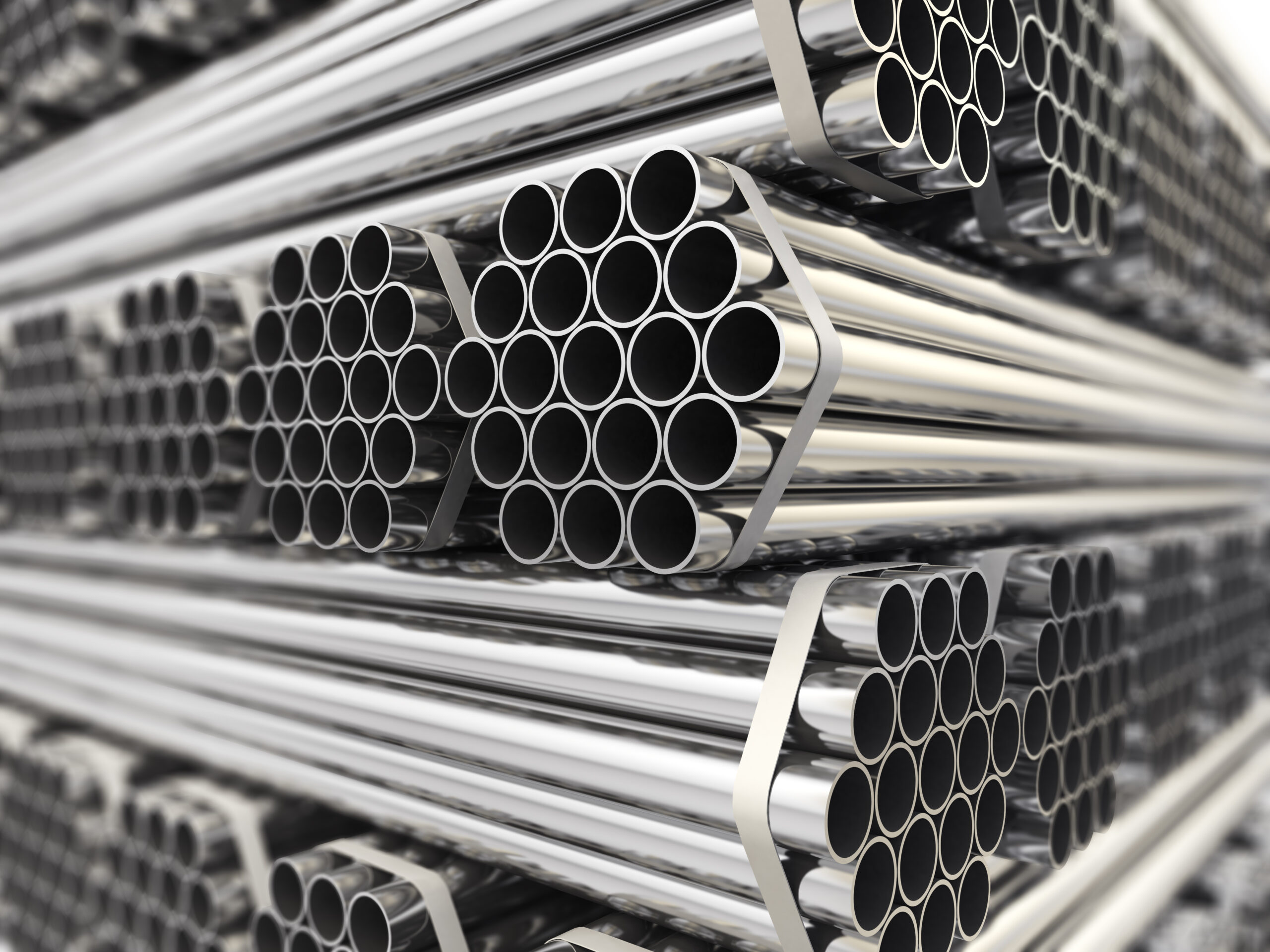
Market Analysis Team

Mark D. Fergus
Executive Vice President

Chris Wilson
Senior Director

Xinyao Wang
Research Analyst

Drew Lantz
Research Analyst
